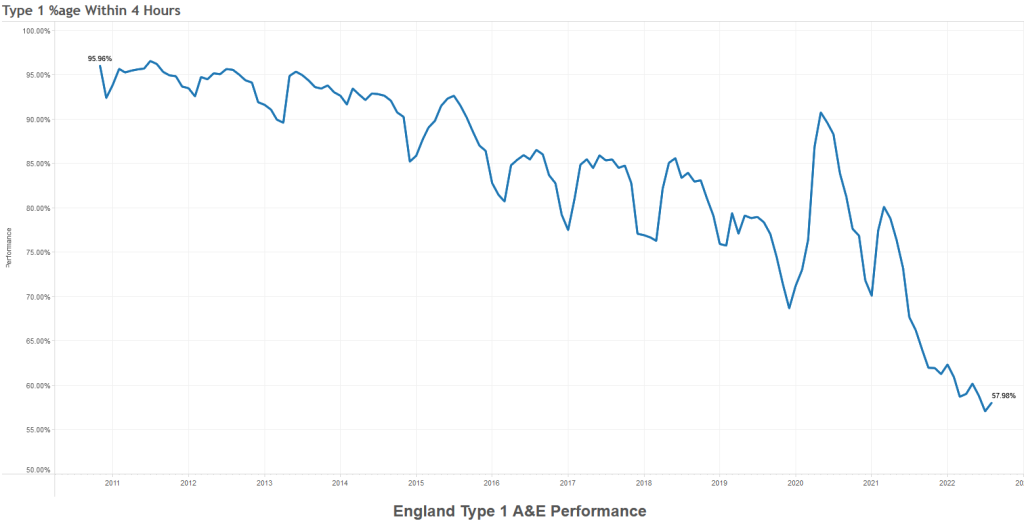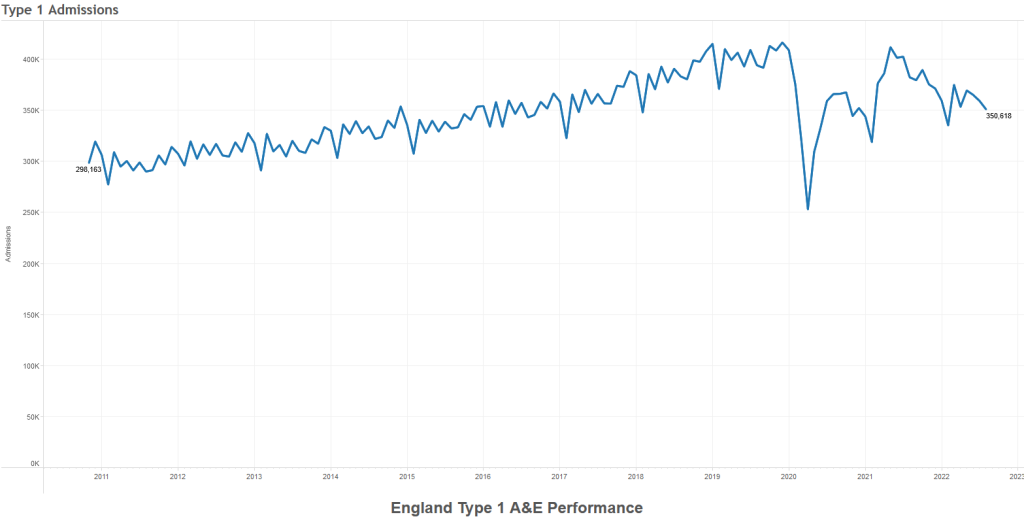I estimate that 99% of the hard work done in heath care is done by the patients themselves. Only a small fraction is done by the system of health care (the highly-trained people, the increasingly-expensive drugs, the high-tech equipment, and the data-hungry processes).
Each one of us is a magical self-healing system.
In fact, all living organisms are self-healing; from the microscopic bugs to the macroscopic biosphere. Everything that we call living is self-regulating and self-healing. Up to a point.
But, how has this living miracle been achieved?
The two concepts self-regulating and self-healing have a common framework called a sensor-processor-effector design. The sensor detects that something is not as expected, the processor decides how to react, and the effector does something to restore the expectation.
An example of self-regulation is the motion sensors in our ears that tell us if we are off balance. Our nervous system has well-rehearsed and coordinated patterns of actions that it can communicate through the nerves to muscles that act though our bones to restore our balance. When we are balanced we feel at ease. When we are out of balance we feel uneasy and we want to act to restore the equilibrium. And most of the time this self-regulation happens automatically. We do not need to consciously think about it.
The self-regulating property of living systems is called homeostasis which is a term that was coined by Dr Walter Cannon less than 100 years ago. One of his discoveries was the mechanism of the fright-flight-fight reaction. This is when we react automatically to a threat with a feeling of fright and an adrenalin-fuelled reaction that prepares our bodies for rapid action. Flight or Fight.
These self-regulation systems are built into us and are the result of millions of years of evolution. They have helped us to survive and to stay healthy. That is one reason we are still here.
The same concept of self-regulation operates at all scales from single microbes to global communities of multi-cellular organisms. All life on Earth.
At the microscopic level we have evolved many self-regulating chemical systems that ensure cellular homeostasis, such as the proteins in the cell membrane that use chemical energy to pump ions across to maintain a slight electrical gradient. This is rather like the domestic electricity supply that is maintained close to 240 volts and allows electrical energy to flow where and when it is needed.
And at the macroscopic level, many self-regulating biological systems have evolved over aeons to create a system of global homeostasis; such as the algae in the oceans that recycle the essential element sulphur back into the atmosphere where it is redistributed via clouds and rain to other organisms.

The flow diagram hints that this is just a small part of a self-regulating global geo-biological system that has been operating for billions of years and has maintained the narrow physical conditions for life to survive and evolve.
But, self-regulation has limits and if those limits are reached and breached then the result is harm. The self-regulating system can become damaged and if the damage is too severe then the deterioration escalates – resulting in a catastrophic, irreversible system failure that we call death.
So, living things have also evolved the property of self-healing.
This uses the same sensor-processor-effector design and the result is the repair of a damaged part of the system. This is remarkable and humbling because, while we have built many self-regulating machines, we have yet to build machines that are self-healing.
This self-healing property is an insurance policy against unpredictability and it happens at all scales. To achieve it implies that there is some form of blueprint that can be used as a reference; and in the case of all biological life that blueprint is encoded in a remarkable molecule called DNA.
Our DNA holds the blueprint of how we self-build, self-regulate, and self-heal.
So, if you accidentally damage something, like a cut finger, then a whole coordinated response springs into action to limit and repair the damage and restore you to health.
Sometimes the self-healing benefits from outside assistance. Which is where the healthcare system comes in. The term we use for this is illness and includes the sense that something external and outside our control is pushing us towards death.
This is what we refer to as dis-ease.
But the healthcare system also has structure, behaviour, sensors, measurements, policies, rules, processes, procedures and effectors. The healthcare system has to adapt dynamically to a changing context and it has to self-regulate to provide a safe, reliable, comfortable and affordable service in case of need.
And like all systems it has limits to this self-regulation which if they are exceeded then the components of the system can become damaged and not function as well, or at all. The healthcare system can become sick and to survive it needs to be able to self-diagnose, to self-treat and to self-heal.
So, is our UK health care system sick? Well, if we look at a sensitive measure of whole system unease, the A&E waiting time, then the chart does not look good. The deterioration has been progressive for over 10 years and the 2 years of covid-19 only created a wobble on the deteriorating trajectory. And before we jump to the usual conclusion that this is because of rising demand, as we saw before covid-19, that is not the case now. The system is even sicker than it was before and covid-19 may have actually accelerated the decline.


A healthcare system is not a living organism endowed with the accumulated wisdom of billions of years of evolution encoded into its DNA. It does not have a built-in, tried-and-tested, self-repair capability. And there is no external healer of healthcare systems. We are on our own.
So, is this a hopeless situation? Do we just have to accept our fate?
No. We don’t.
The health care system is a machine that we created. All these charts are saying is that our current design is not fit for purpose. And when we created the design we seem to have omitted the self-healing bit. Oops.
But, the health care system is full of clever, curious, creative, courageous, compassionate collaborative people who know how to design and build amazing things.
So, it seems that our challenge is to learn how to create a self-healing health care system. It would seem that all our survival depends on it.
And if we don’t do it then who will?
And if we can do that then what else could we self-heal?
Something even bigger maybe?
